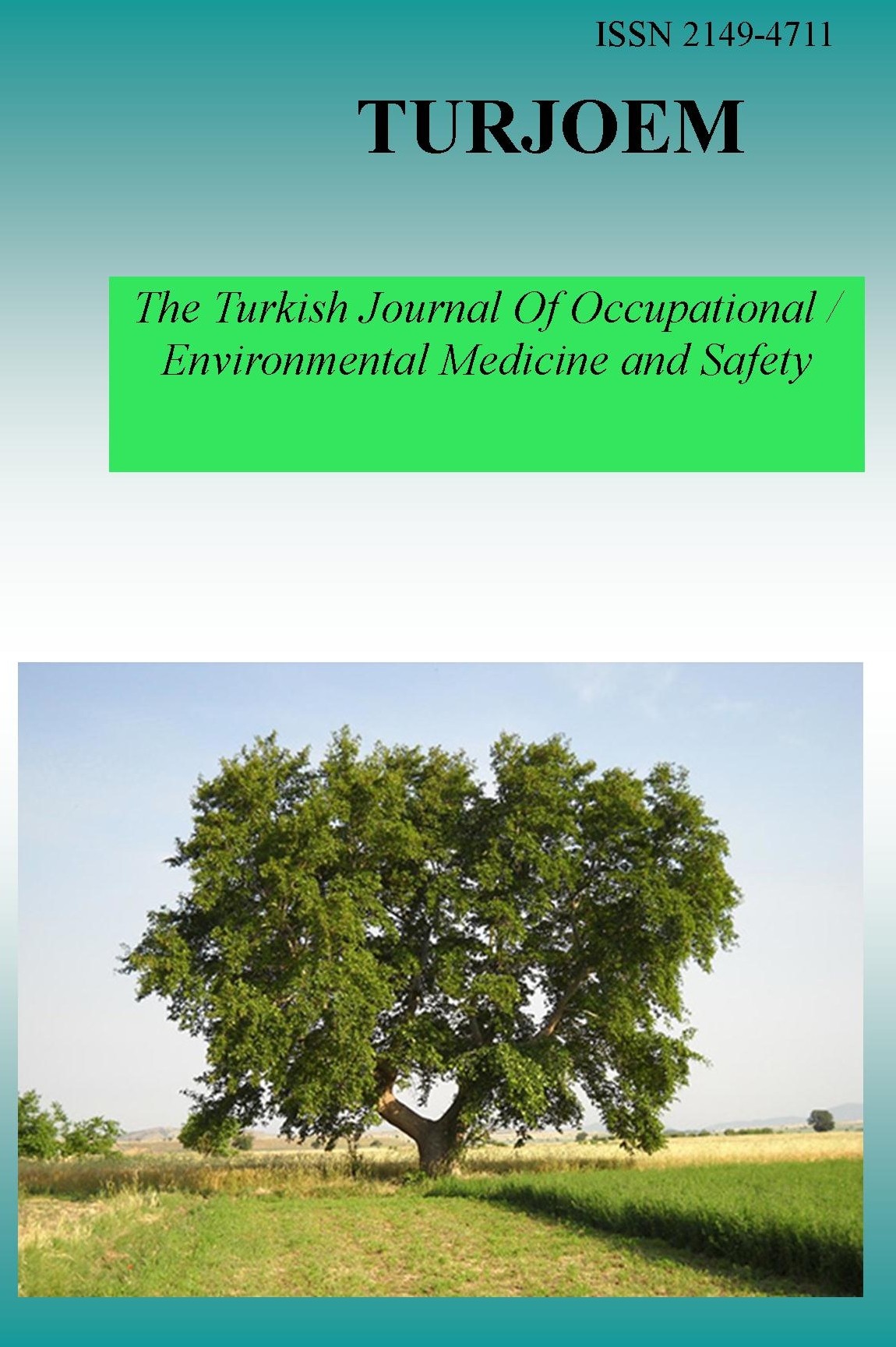Pesticide Exposure and Asthma
Pesticide Exposure and Asthma
Exposure
to pesticides can trigger or exacerbate asthma, induce bronchospasm, or
increase bronchial hyperreactivity. Pesticides that inhibit cholinesterase can
provoke bronchospasm through increased cholinergic activity. At high doses,
certain pesticides can act as airway irritants. Low levels that are
insufficient to cause acute poisoning can trigger severe reactions in those
without a previous diagnosis of asthma. Pesticides linked to asthma, wheezing,
and hyperreactive airway disease include: 1. The antimicrobials chlorine and
chloramine; 2. the fumigants metam sodium and ethylene oxide; 3. the fungicides
captafol, chlorothalonil, maneb/mancozeb and other ethylenbisdithiocarbamates;
4. the herbicides alachlor, atrazine, EPTC, and paraquat; 5. and the
insecticides carbofuran, chlorpyrifos, dichlorvos, malathion, pyrethrins,
pyrethrum, and synthetic pyrethroids. The Children’s Health Study, a
population-based study in southern California, found that children diagnosed by
the age of five were more likely to have asthma if exposed to pesticides.
Wheezing in Iowa farm children was associated with herbicide exposure, but most
studies show farmers’ children to be at lower risk of allergic disease,
including hay fever. SENSOR (Sentinel Event Notification System For
Occupational Risks) found that 3.4% of 534 cases of work-related asthma in
Michigan and New Jersey, were pesticide related. 2.6% of 1101 cases of
occupational asthma reported in California, Massachusetts, Michigan, and New
Jersey were pesticide related. Dyspnea and cough were found in over 78% of
workers on apricot farms where large amounts of sulfur were used. Some
household aerosol sprays trigger symptoms and impair lung function in
asthmatics, and use of mosquito coils inside the home was associated with a
higher prevalence of asthma.
Keywords:
Pesticide,
Exposure, Asthma
___
- Burak Kurt, Muhsin Akbaba
Çukurova University Faculty of Medicine Department of Public Health
